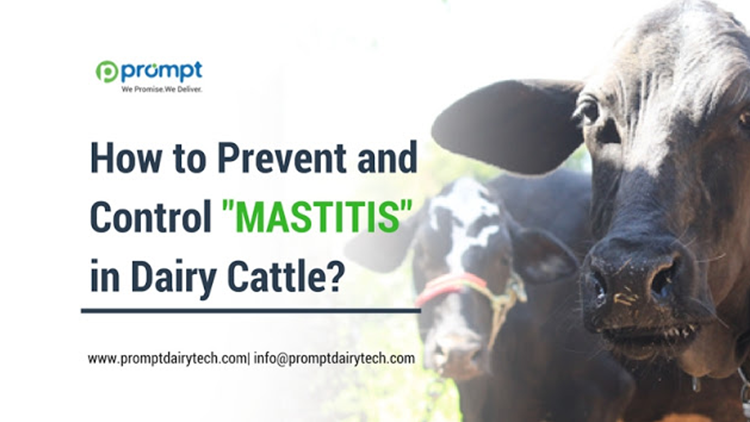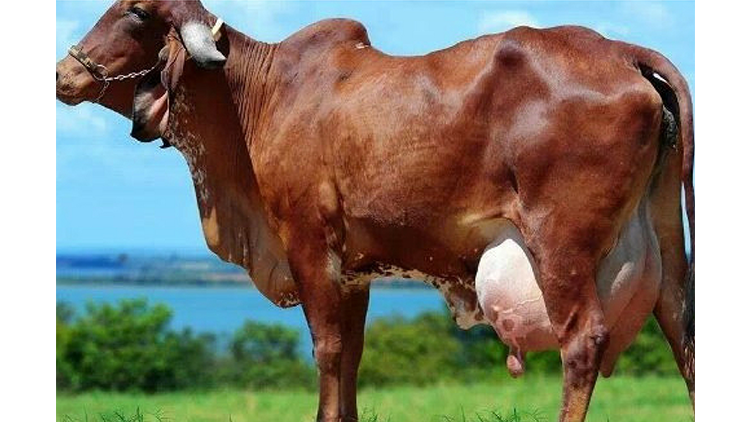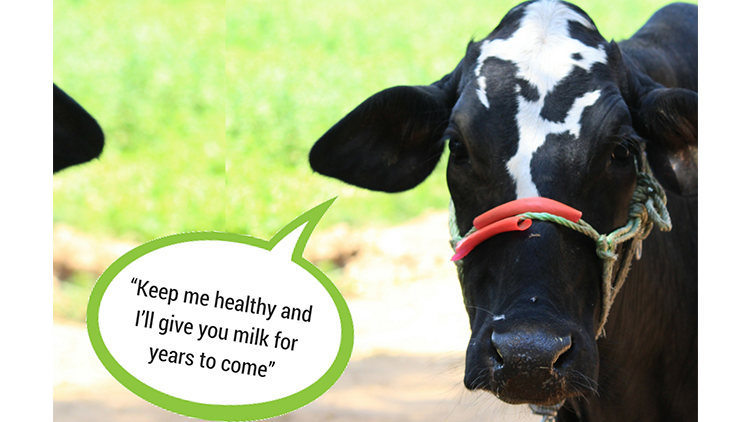Mastitis is the inflammation of mammary gland (also called udder), and one of the most common and costly diseases in dairy animals. Pathogens cause it, mainly bacteria that flow up the teat canal, populate and increase, resulting in damage to the udder tissue. Mastitis causes heavy production losses and deterioration in milk quality. Moreover, there are significant public health concerns and risks involved due to pathogen-instigated milk-borne diseases. Therefore, it is particularly important to prevent and control mastitis.
There are two types of mastitis: Clinical and Subclinical. While Clinical mastitis shows visible signs of abnormalities in udder (swelling, redness, or pain) or milk (clots, watery appearance, or flakes), subclinical mastitis requires diagnostic tests as no apparent signs of changes in udder or milk are noticeable. Hence, an immediate vet intervention is needed on detection of any of these. You can employ an intelligent animal husbandry software like ours to moot your queries and concerns regarding your cattle to experienced vets and get them resolved. Here, we list several good practices and standards for mastitis control.
- Adjust the milking machine properly with vacuum to the optimal and fluctuation to the minimum level. Make sure that a qualified technician checks your milking machine, and at least once annually.
- Ensure that the housing facilities are kept hygienic, and milking machine is properly maintained as per the standards to reduce the possibilities of growth of pathogens.
- Wash and disinfect your or the milkers’ hands and sanitize the cups of milking machine before milking.
- Remove all the dry, loose matter or dung smeared all over the teats and udder. Wash the teats thoroughly until they’re clear of any dirt. Then, wipe off the teats with a clean towel/cloth until they’re dry and dip them in a disinfectant or iodine solution for about 30 seconds. Wipe off the teats again. Follow this procedure to enhance the effectiveness of the disinfectant.
- When you begin milking, draw a few streams of milk from all the teats (foremilk) and check the quality of milk for mastitis using strip cup or tests like Californian Milk Test, Bactoscan Counts, Culture & Sensitivity, and PCR (Polymerase Chain Reaction) testing. If the milk appears watery or flaky, it may be an indication of the onset of mastitis in the cow.
- Check all the cows for subclinical mastitis using Somatic Cell Count (SCC) test once every month. High SCC indicates subclinical mastitis and cows identified with the same must be treated accordingly.
- As soon as you suspect mastitis, separate the infected cows from the rest of the herd into an isolated pen. Such cows must be milked and treated separately. Consider consulting a vet for timely examination and treatment.
- The mastitis-infected cows must be milked in the last after all the healthy cows have been milked; either manually or using separate milking cluster. Make sure to disinfect the milking machined after every use.
- Make sure to turn off the vacuum before removing the milking cups.
- Post-Milk Teat Disinfection (PMTD) is imperative for the control of mastitis. Sterilize the teats by dipping them in an appropriate disinfectant for 30 seconds following cluster removal. You can use any of these disinfectants: 0.3% aqueous solution, iodophor solution consisting 0.1% to 1% iodine, 4% sodium hypochlorite solution, chlorhexidine 0.5 to 1% in polyvinylpyrrolidone solution.
- Feed concentrates or green fodder to the cows to persuade them to keep standing and lower the chances of catching any infection.
- The teats of the cows must regularly be examined to check any damage caused by milking machine or infections. You may apply an appropriate lubricant in case of a minor injury. Consider seeking veterinarian diagnosis for severe damage.
- Cows with clinical mastitis must be treated with antibiotics, provided they’re not allergic or sensitive to the prescribed antibiotics by the vet. Use single-dose tubes rather than multiple to prevent contamination. A suitable milk-removal period must be effected after the treatment.
- Record all the cases of mastitis using dairy farm record keeping software
Wrap-up
What practices do you follow at your dairy farm to curb mastitis? Or you’re looking for a dairy farm management software to help you monitor your cows? Subscribe to our blog to gain more information or contact us today to learn more about our products!



